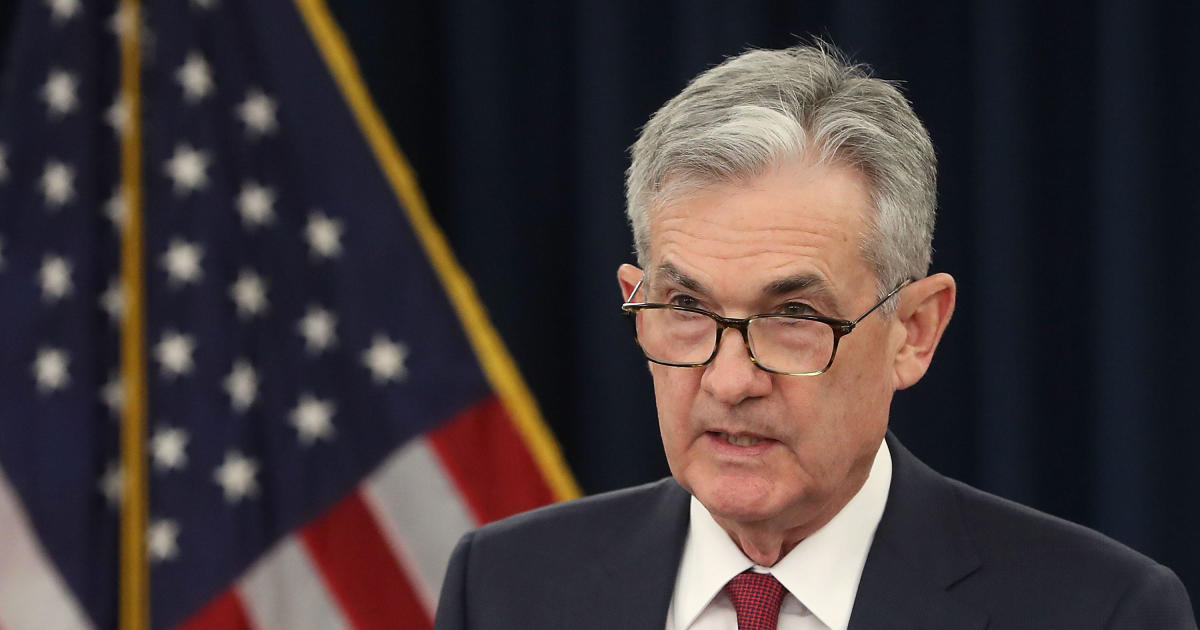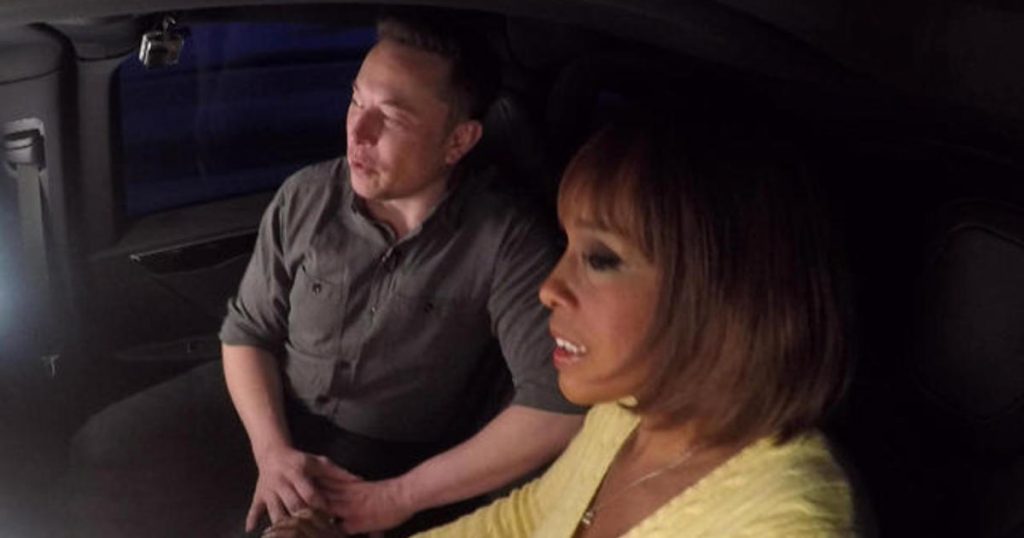
The Federal Reserve on Wednesday hiked a key interest rate for the fourth time this year, saying the U.S. economy is holding strong despite volatility in financial markets.
“Job gains have been strong, on average, in recent months, and the unemployment rate has remained low,” the Fed said in its policy statement.
The central bank’s rate-setting body, which has lately faced a steady stream of criticism from President Donald Trump, also indicated it would raise rates more slowly next year. The Fed now expects just two rate increases in 2019, down from the three hikes it was predicting in September.
The Fed now expects slightly slower U.S. economic growth. The central bank projects that the economy will expand 3 percent this year, down a hair from its September forecast of 3.1 percent growth. It expects growth to slow to a still-solid 2.3 percent in 2019, lower than the 2.5 percent it predicted in September.
Slower rate hikes ahead
In its statement, the Fed toned down its predictions for future rate increases. “The Committee judges that some further gradual increases” will take place, the statement reads, with the word “some” a new addition from its September outlook.
Since that forecast, global growth has weakened, potentially throwing a cloud over the U.S. economy. China, the world’s second-largest economy, is slowing. So is Europe, where Italy is on the verge of recession and Britain is struggling to negotiate an exit from the European Union. In addition, interest-rate sensitive sectors in the U.S., such as housing and autos, are showing signs of softening.
The Fed’s statement nods to that slowdown, saying policymakers “will continue to monitor global economic and financial developments and assess their implications for the economic outlook.”
“[T]here have been real signals flashing in the data that these past rate hikes are starting to slow the economy,” said Josh Bivens, director of research at the Economic Policy Institute. “By 2019, this drag from higher interest rates will no longer be counterbalanced by greater fiscal stimulus, and the pace of economic growth could slow markedly.”
Some analysts said the Fed statement was less “dovish” than many investors expected, especially given the slower growth overseas.
“[N]ot only did the Fed hike rates as widely expected, they kept language in the statement that ‘further gradual increases’ are warranted where many thought they would take that out,” said Peter Boockvar, chief investment officer with Bleakley Advisory Group.
What does it mean if interest rates go up?
The Fed’s benchmark rate sets the interest banks pay to borrow from each other over short time periods. That rate is now between 2.25 and 2.5 percent. It affects the borrowing rates consumers and businesses pay for mortgage and car loans, credit cards and on savings accounts, to name a few. (Student loan rates, which are set by Congress, are less affected.)
After a Fed rate hike, credit card companies are usually fastest to respond by hiking the interest they charge consumers. Banks typically wait somewhat longer to offer savers a higher interest rate on their accounts. The most generous banks currently offer interest of just over 2 percent APY for a savings account, and slightly more for a CD.
— The Associated Press contributed reporting.

